Global grain prices kicked on again this week, especially new-crop, based on weather concerns around winter and spring planted crops.
MATIF December wheat gained €6/t last week to finish on Friday 16 April at €206/t and closed on the following Tuesday at €210/t.
Similar increases happened in the US, where wheat price in Chicago for December went above the highest it has been this year so far.
The hike in wheat prices there was largely driven by concerns over cold damage to winter crops that are now at stem extension, but there is also concern expressed over planting its spring wheat crop.
But the greater market driver is still maize, with ongoing concerns over dryness in South America and the US.
Cold is also an issue for US maize planting, with some areas getting snow and frost this week when they should be planting.
Weather drivers
Weather is also regarded as less than ideal in Brazil, parts of Europe and Canada.
Low stocks of wheat and maize in the major exporting countries are now placing added importance on the output level from the 2020/21 harvest of maize in Brazil and from all grain crops in the northern hemisphere.
The Agriculture and Horticulture Development Board (AHDB) reports that this has led to an increase in speculative trading, particularly in maize, and this is potentially a factor in the recent price rises. But we remember that what they buy, they sell again!
There are also weather-related issues reported from Canada and France.
Native prices
While prices are generally firmer this week, lack of demand is affecting old-crop wheat, with prices slipping back to €240/t and it is difficult to sell. Barley has strengthened to around €220 to €225/t and it is closing its discount to wheat.
New-crop prices are stronger, as concerns rise for 2021 harvest output.
November wheat is now around €212 to €215/t and this is narrowing the gap between old – and new-crop prices. This price adjustment is favouring growers for now.
New-crop barley is stronger also, with €200 to €205/t now available.
Oilseed rape remains strongly priced and supply tightness is now indicating dry prices of up to €470 to €480/t for harvest.
While there may be further price hardening, there is also a risk that these price levels will soften as the year progresses.
At these price levels, farmers should consider locking in at least a small amount of grain, as they may not last.
If these are the lowest prices you get, you will not have done too badly next harvest.



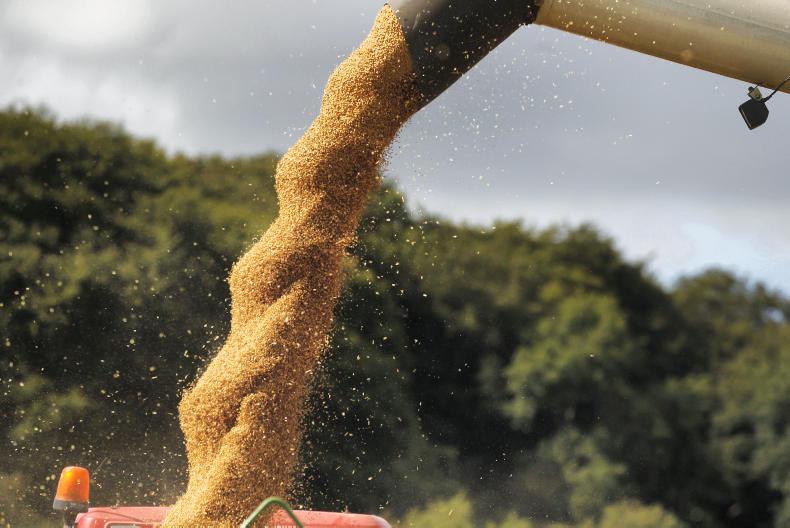

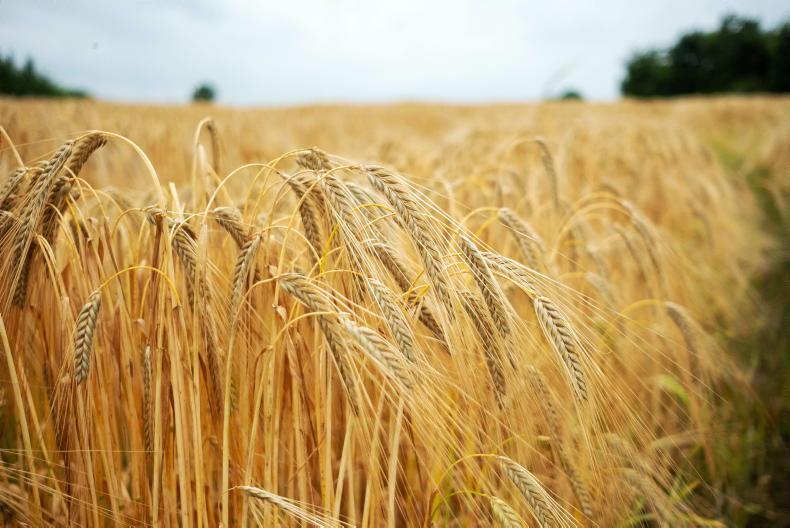

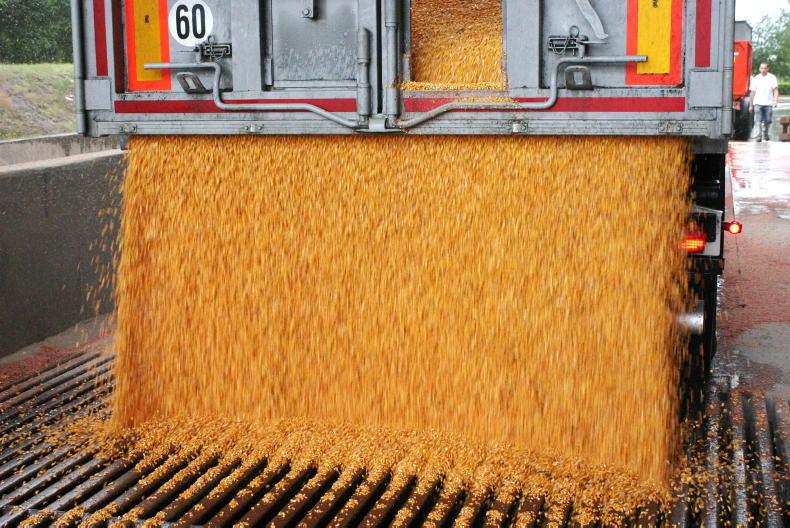
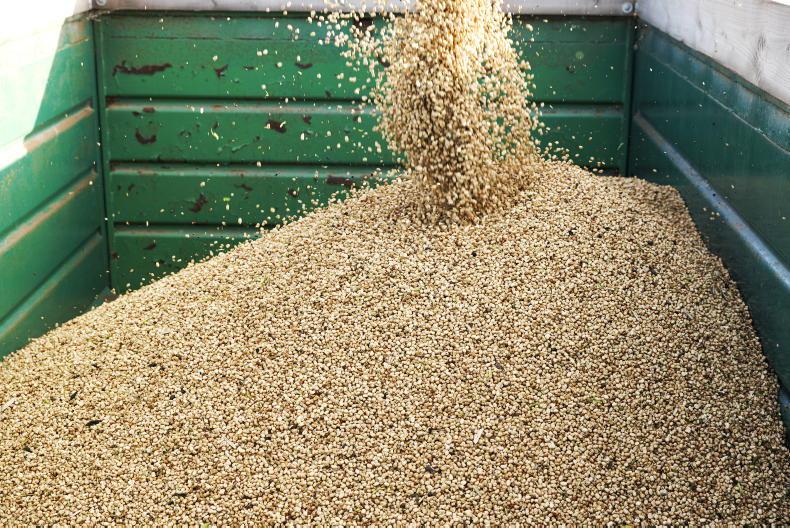
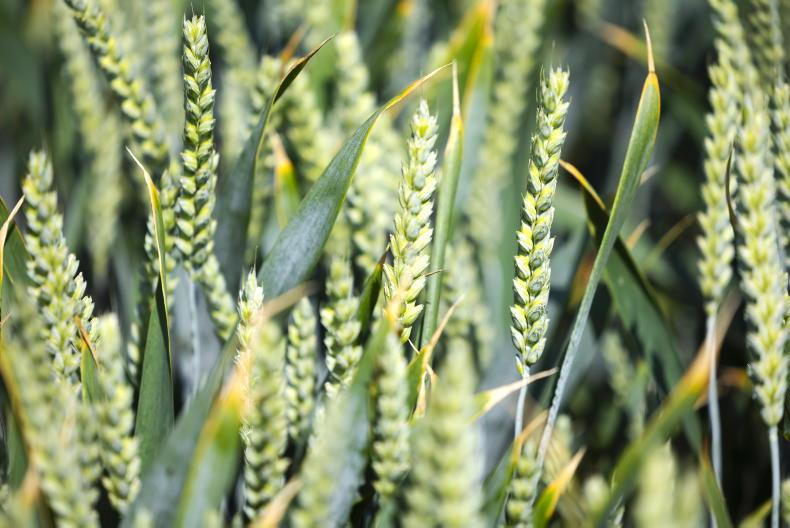
SHARING OPTIONS